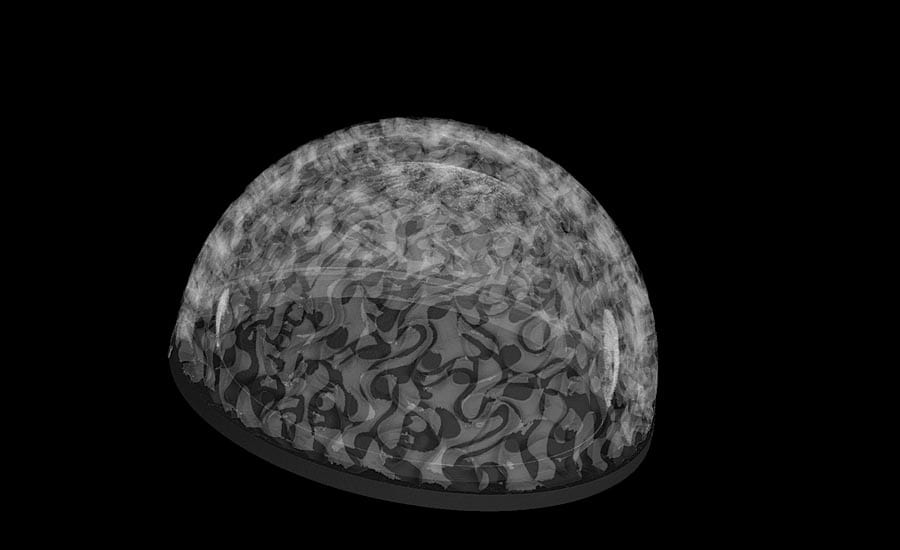Medical device implants have become increasingly more complex over time as technology has progressed into providing a new way of construction by the means of 3D printing, also known as additive manufacturing.
.
Additive manufacturing has allowed for the implants to be manufactured with complex geometries that traditional manufacturing cannot achieve. This culminates in the ability to provide biological benefits leading to better patient outputs as well as structural advantages by creating complex features. Additionally, being able to manufacture these devices to conform to a patient’s anatomy is a game changer.
.
The increasingly minimally-invasive additively manufactured implants mean less risk of complications or need for further surgery in the future. When patient satisfaction increases due to smaller implants, the whole industry grows.
.
In 2018, the medical device implant industry was worth $96.6 billion and is projected to be worth $143.3 billion by 2024. This kind of growth can be attributed to a few things: advanced technology, more complications with health concurrent with a longer lifespan, as well as an increase in a consumer’s inclination towards body aesthetics and physical appearance.
Case Study: How PepsiCo achieved 96% cost savings on tooling with 3D Printing Technology
Above: PepsiCo food, snack, and beverage product line-up/Source: PepsiCo PepsiCo turned to tooling with 3D printing...





0 Comments